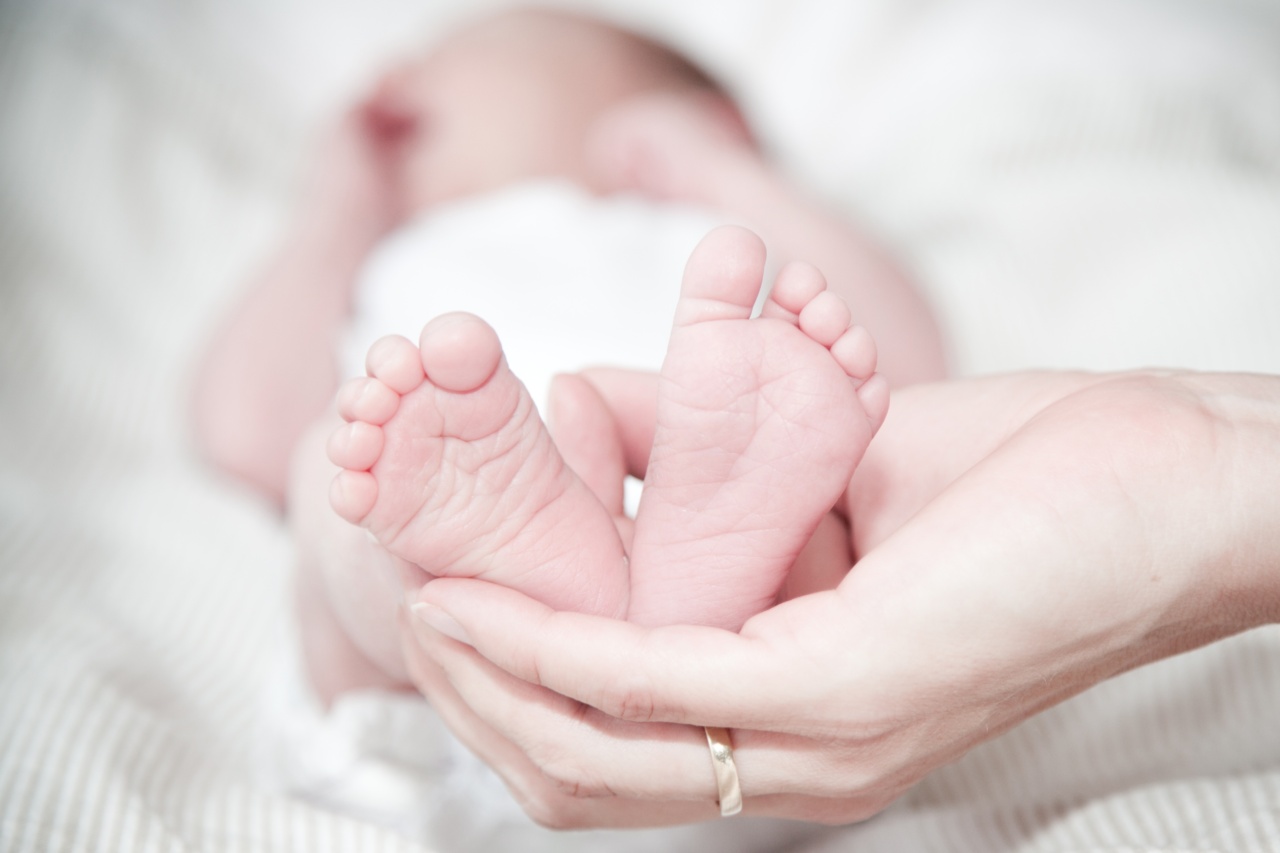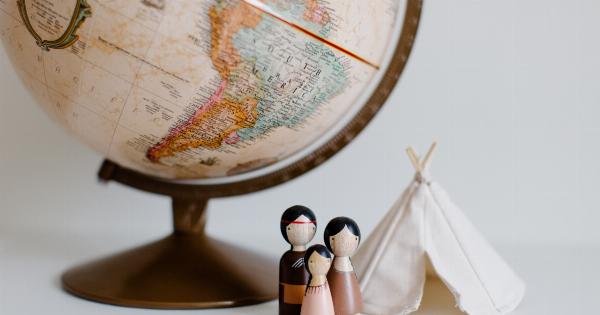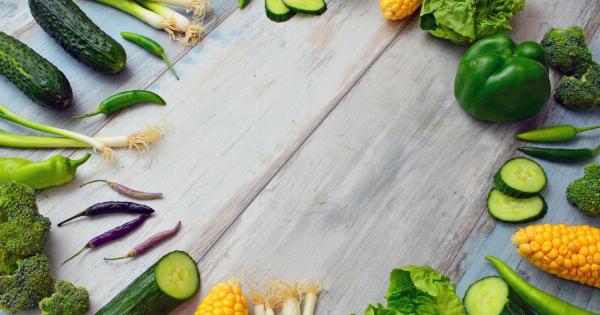The creation of life is an awe-inspiring process that is often taken for granted. A baby grows from a single fertilized cell into a fully-formed human being in just nine months.
This journey is an incredible testament to the beauty and complexity of the human body.
Conception
The journey of life begins when a sperm fertilizes an egg. This process occurs when a man ejaculates semen into a woman’s body during sexual intercourse.
The sperm then travels up through the cervix and into the fallopian tubes, where it may meet and fuse with an egg. This is the moment of conception, which marks the beginning of a new human life.
Embryonic Development
After fertilization, the newly-formed zygote begins to divide rapidly. It travels down the fallopian tubes and into the uterus, where it implants itself in the lining of the womb.
The zygote then develops into an embryo, which undergoes a number of critical changes during the first trimester of pregnancy.
During weeks one and two, the embryo begins to form the placenta, which will provide the growing fetus with oxygen and nutrients. By week three, the embryo begins to develop a neural tube, which will eventually become the spinal cord and brain.
By the end of the first month, the embryo is about the size of a grain of rice and has a beating heart.
During weeks four to eight, the embryo grows rapidly and begins to take on a more recognizably human shape. Organs such as the lungs, liver, and kidneys begin to form, and the limbs begin to take shape.
By the end of the eighth week, the embryo is officially considered a fetus and is about an inch long.
Fetal Development
During the second and third trimesters of pregnancy, the fetus continues to grow and develop at a remarkable pace. The organs continue to mature, and the fetus begins to practice breathing and other reflexes that are crucial for life outside the womb.
During the second trimester, the fetus grows from about three inches long to about 12 inches long. It begins to develop more advanced features such as eyebrows and eyelashes, and the bones begin to harden.
The mother may start to feel the fetus moving around during this time.
In the third trimester, the fetus undergoes a period of rapid growth and development. It can weigh anywhere from five to ten pounds by the end of the pregnancy, depending on various factors such as genetics and maternal health.
The fetus’ organs, such as the lungs and liver, continue to mature in preparation for life outside the womb. The fetus also begins to move into an optimal position for delivery.
Birth
After nine months of development, the fetus is ready to experience the outside world. The process of labor and delivery is unique to each woman, but it generally involves the following stages:.
- Early labor – The cervix begins to dilate and efface, or thin out.
- Active labor – Contractions become stronger and more frequent, and the cervix continues to dilate.
- Transition – The cervix reaches its full dilation, and the baby begins to move down through the birth canal.
- Delivery – The baby is born.
- Afterbirth – The placenta is delivered.
Each stage of labor and delivery can be intense and is often described as one of the most intense experiences a woman can go through. However, the moment when a baby is born into the world is one of the most joyous and magical experiences for families.
Conclusion
The journey from conception to birth is a miraculous one that never ceases to amaze. A tiny sperm and egg combine to create a new human life, which grows and develops over nine months until it’s time to face the world.
Despite all of our scientific knowledge about this process, the creation of life remains a testament to the power and complexity of the human body. It’s important to honor and respect this process, and to marvel at the miracle of life.

























